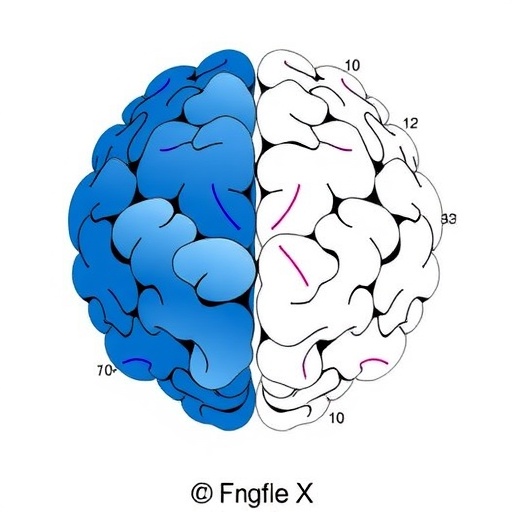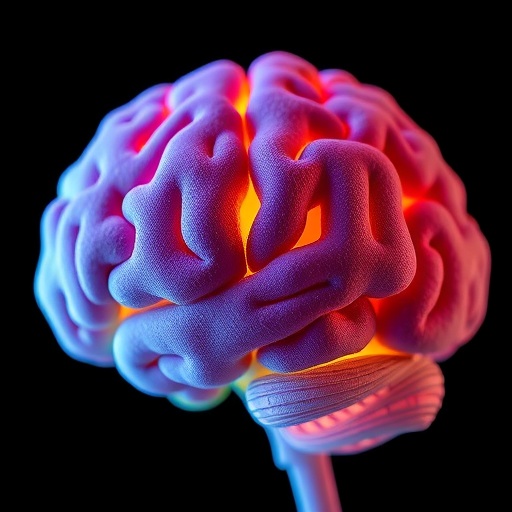
Oxygen: The Dual-Edged Sword that Sustains and Challenges Life
Oxygen, the most abundant element on Earth’s surface, is undeniably the cornerstone of life as we understand it. It powers the metabolic engines of almost all complex organisms, enabling the biochemical reactions that sustain life’s intricate processes. Yet, despite its vital role, oxygen’s influence is paradoxical — too little or too much can lead to detrimental effects, challenging the delicate balance that human physiology must maintain. Recent discourse by leading clinicians provides a deep dive into oxygen’s indispensable yet potentially hazardous role in human health, particularly highlighting hemoglobin’s function in oxygen transport and the silent threats posed by oxygen imbalance.
At the heart of oxygen management in our bodies lies hemoglobin, an iron-containing protein in red blood cells, specialized to bind and ferry oxygen from the lungs to peripheral tissues. Its remarkable ability to selectively bind oxygen, influenced by factors such as partial pressure and pH, underpins efficient tissue oxygenation. This nuanced transport mechanism ensures that oxygen is delivered precisely where and when it is needed, warming and cooling the body’s systems in synchrony with metabolic demand. Any disruption in hemoglobin’s capacity or oxygen availability can precipitate pathological states that challenge survival.
.adsslot_zl9GaYN1iQ{width:728px !important;height:90px !important;}
@media(max-width:1199px){ .adsslot_zl9GaYN1iQ{width:468px !important;height:60px !important;}
}
@media(max-width:767px){ .adsslot_zl9GaYN1iQ{width:320px !important;height:50px !important;}
}
ADVERTISEMENT
Hypoxia, or the condition of insufficient oxygen supply, triggers a cascade of physiological adaptations. At a cellular level, oxygen deprivation impairs mitochondrial function, leading to reduced ATP production and compromising energy-dependent processes. This can manifest clinically in multiple organ systems, particularly in the brain and heart, where oxygen demand is highest. Chronic or acute hypoxia prompts the activation of hypoxia-inducible factors (HIFs), transcriptional regulators that adjust gene expression to optimize oxygen delivery and enhance survival. Nonetheless, prolonged or severe hypoxia often culminates in tissue damage and organ dysfunction.
Conversely, hyperoxia, a state of excessive oxygen exposure, is equally pernicious. While supplemental oxygen therapy remains invaluable in critical care, its unregulated administration can catalyze oxidative stress through an overabundance of reactive oxygen species (ROS). These chemically reactive molecules, including free radicals, initiate lipid peroxidation, protein oxidation, and DNA damage. Such oxidative injury unleashes inflammatory pathways, often exacerbating existing vulnerabilities in patients. Intriguingly, individuals with compromised antioxidant defenses — due to genetic factors or underlying diseases — face heightened susceptibility to this oxygen-induced harm.
One group profoundly affected by oxidative stress is preterm newborns. Their immature antioxidant systems are ill-equipped to neutralize the surge of ROS associated with both natural oxygen fluctuations and medical interventions. This vulnerability predisposes them to a spectrum of oxidative injuries, which may underpin conditions like bronchopulmonary dysplasia and retinopathy of prematurity. The neonatal clinical environment thus demands meticulous titration of oxygen levels, balancing the lifesaving benefits of oxygen supplementation with the risk of inadvertent toxicity.
At the molecular level, oxidative stress induced by imbalanced oxygen levels emerges as a pivotal factor in the pathogenesis of inflammation. ROS serve as signaling molecules activating transcription factors such as NF-κB, which regulate genes involved in immune responses. When unchecked, this results in a vicious circle, escalating tissue damage and perpetuating inflammatory cycles. Immunologically compromised individuals — for example, those with autoimmune disorders or antioxidant enzyme deficiencies — may experience amplified consequences, underlining the importance of homeostatic oxygen regulation.
The exploration of oxygen’s dichotomous nature also extends to its role in evolutionary biology. Oxygen’s rise in Earth’s atmosphere approximately 2.4 billion years ago, known as the Great Oxidation Event, transformed life’s trajectory, enabling the evolution of aerobic metabolism and complex multicellularity. This historical perspective provides context for understanding the fundamental tension oxygen poses: the same molecule that fuels life’s complexity simultaneously generates molecular challenges at every step.
Clinically, understanding oxygen dynamics informs therapeutic strategies across multiple fields. Advances in pulse oximetry and blood gas analysis offer clinicians real-time insights into patients’ oxygenation status, guiding interventions ranging from ventilation adjustments to pharmacological modulation of oxidative pathways. Investigational treatments targeting ROS accumulation and enhancing endogenous antioxidant capacities suggest promising avenues to mitigate oxygen-related injury while preserving its essential functions.
Intriguingly, research continues to unravel the sophisticated allosteric properties of hemoglobin that fine-tune oxygen affinity. Factors such as 2,3-bisphosphoglycerate (2,3-BPG) modulate hemoglobin’s oxygen binding under varying physiological conditions, adapting to states like exercise, altitude exposure, and pathological stress. These mechanisms embody the evolutionary optimization of oxygen management, enabling flexible responses to fluctuating environmental and internal demands.
The realm of oxygen toxicity research also crosses into toxicology and pharmacology, where hyperbaric oxygen treatment exemplifies controlled use of elevated oxygen pressures to treat conditions like decompression sickness and certain infections. However, its application requires vigilance to avoid oxygen-induced neurological and pulmonary toxicity, further underscoring the need to balance therapeutic benefit against inherent risk.
Advancements in molecular imaging and biomarker identification now allow a clearer visualization and quantification of oxidative stress and tissue oxygenation in vivo. These tools facilitate early detection and targeted intervention, particularly beneficial in vulnerable populations such as neonates and critically ill patients. The integration of such technologies represents a paradigm shift towards precision medicine in oxygen therapy.
In the broader context, oxygen’s complex biological role influences public health strategies, particularly in managing chronic diseases where oxidative stress contributes to pathogenesis — including cardiovascular diseases, neurodegeneration, and cancer. Lifestyle interventions and pharmacotherapies aimed at reducing oxidative burden complement orthodox medical approaches, reflecting a holistic understanding of oxygen’s impact.
The dialogue between oxygen as a vital life-supporting element and oxygen as a potential harbinger of cellular damage remains a focal point of biomedical inquiry. This balance is a testament to the intricate interplay of biochemical, physiological, and environmental factors shaping human health. As research evolves, unraveling the molecular mechanisms governing oxygen’s dual effects will continue to inform clinical practice and improve patient outcomes.
Fundamentally, the clinician’s musings underscore the imperative of nuanced oxygen management — an ongoing challenge that transcends disciplines, demanding integration of basic science, clinical insight, and technological innovation. Properly harnessed, oxygen remains humanity’s ally; mismanaged, it can become an insidious adversary. This delicate balance defines much of modern medicine’s pursuit in optimizing life’s precious equilibrium.
Subject of Research: Oxygen’s physiological roles, oxygen transport by hemoglobin, oxidative stress, and implications for clinical oxygen management.
Article Title: A clinician’s musings on oxygen: Too little or too much with life in the balance.
Article References:
Stevenson, D.K., Wong, R.J., Reiss, J.D. et al. A clinician’s musings on oxygen: Too little or too much with life in the balance. J Perinatol (2025). https://doi.org/10.1038/s41372-025-02398-8
Image Credits: AI Generated
DOI: https://doi.org/10.1038/s41372-025-02398-8
Tags: biochemical reactions and oxygenchallenges of maintaining oxygen levelsdangers of hypoxia and hyperoxiaeffects of oxygen imbalancehemoglobin function in oxygen transportimportance of oxygen in complex organismsmetabolic processes and oxygenoxygen delivery and tissue oxygenationoxygen management in human healthoxygen’s dual role in healthoxygen’s role in human physiologyparadox of oxygen in life





